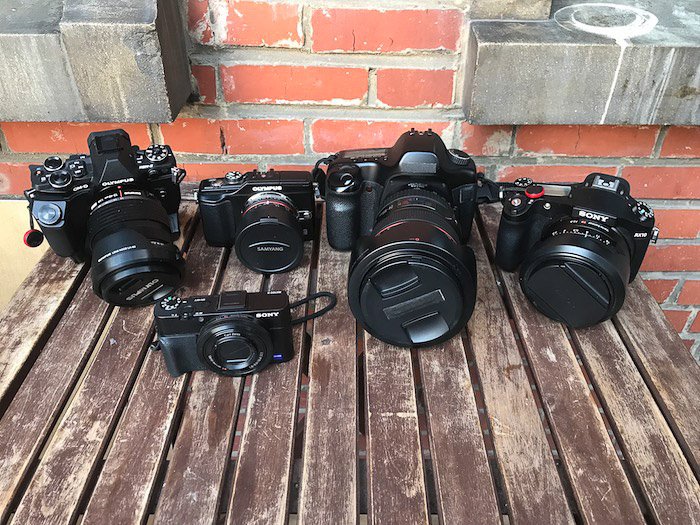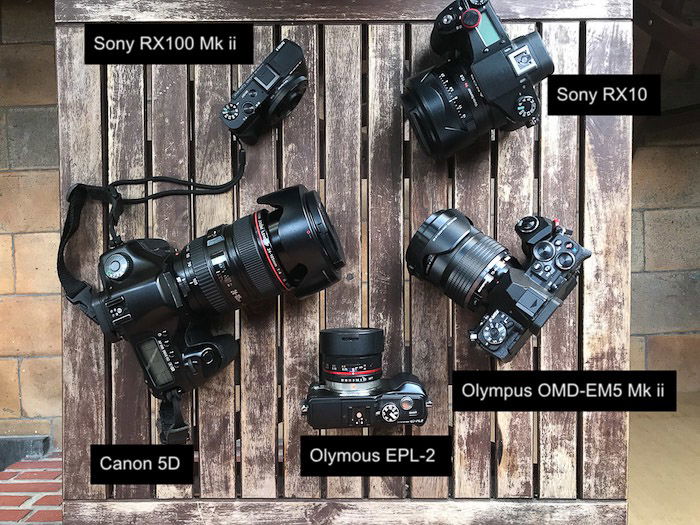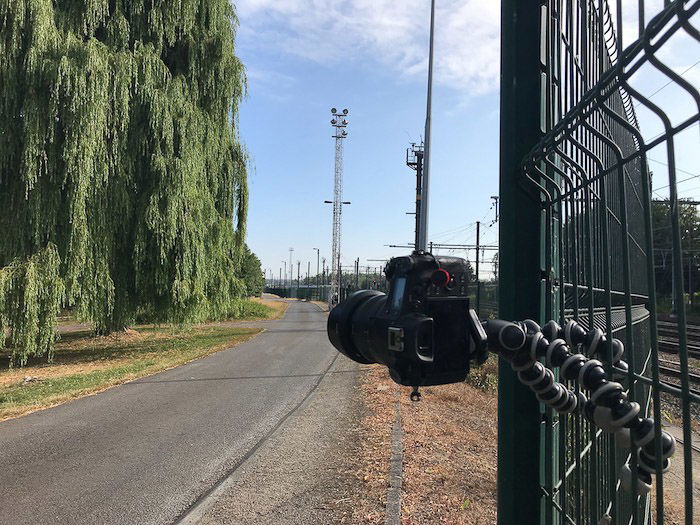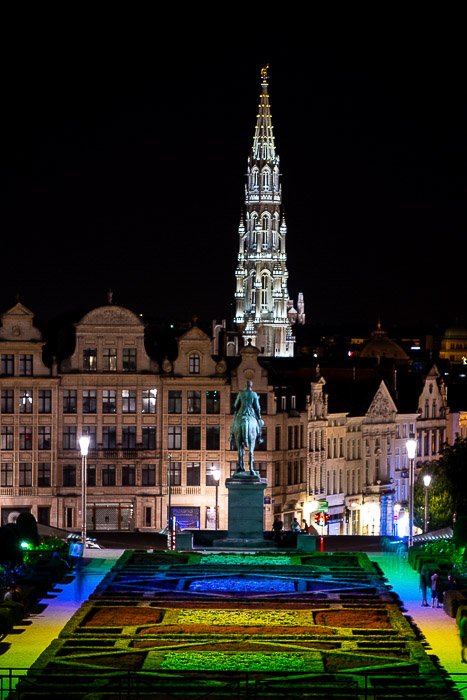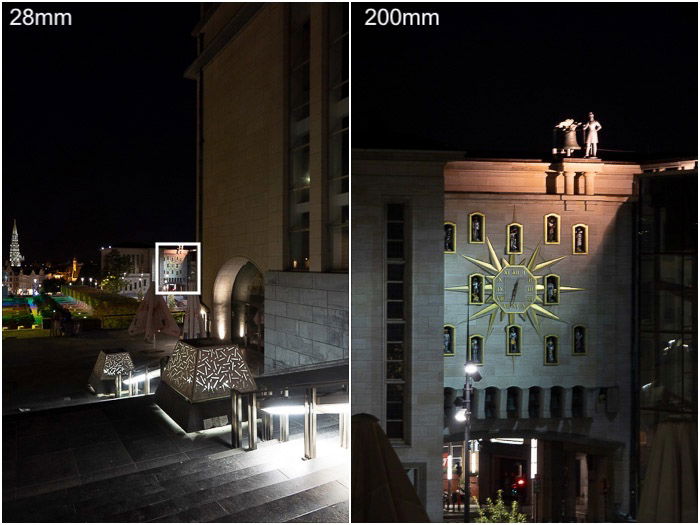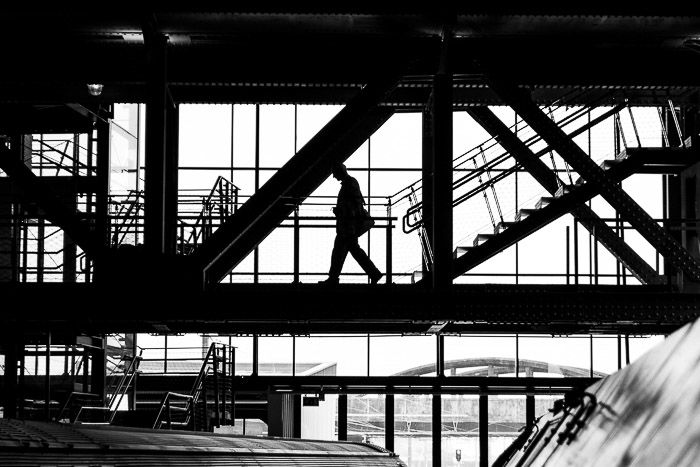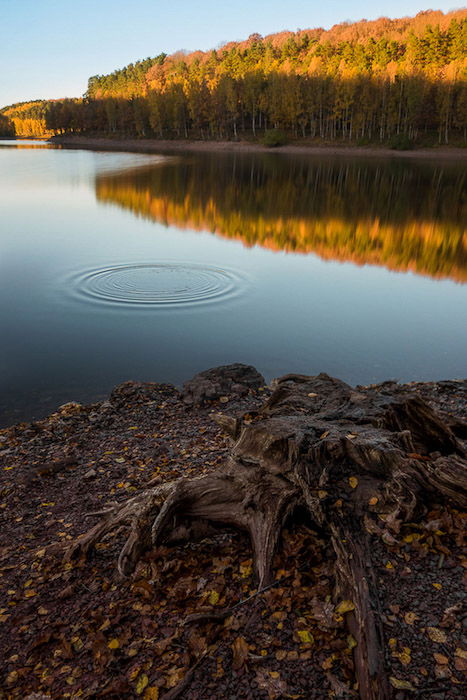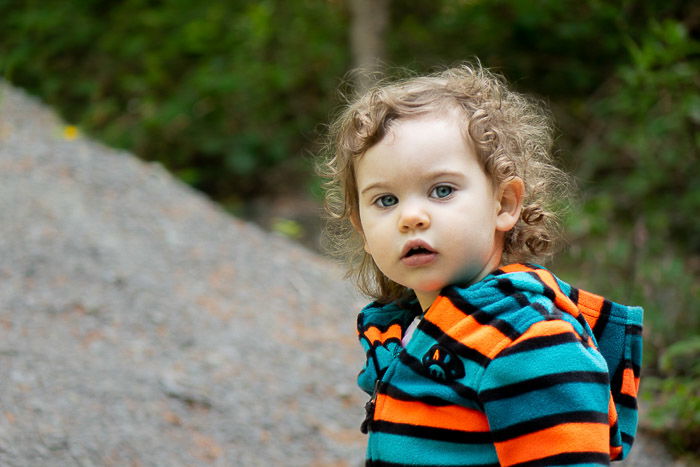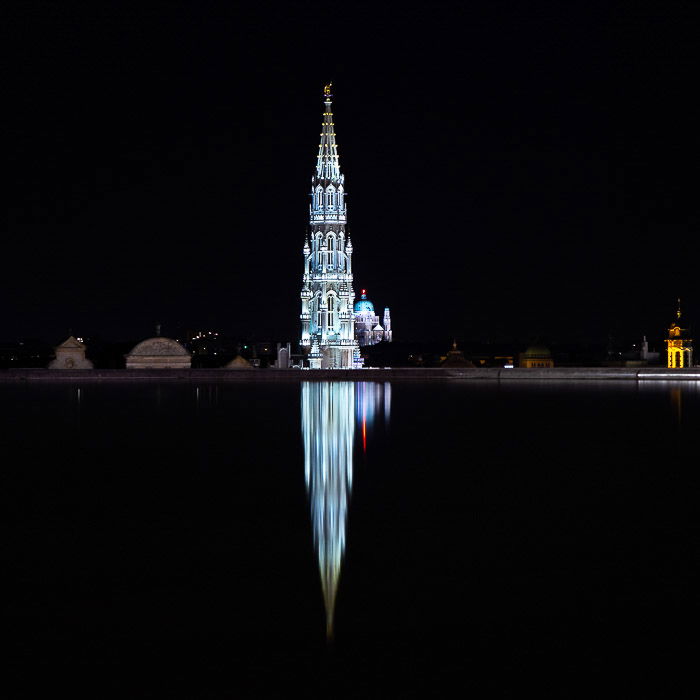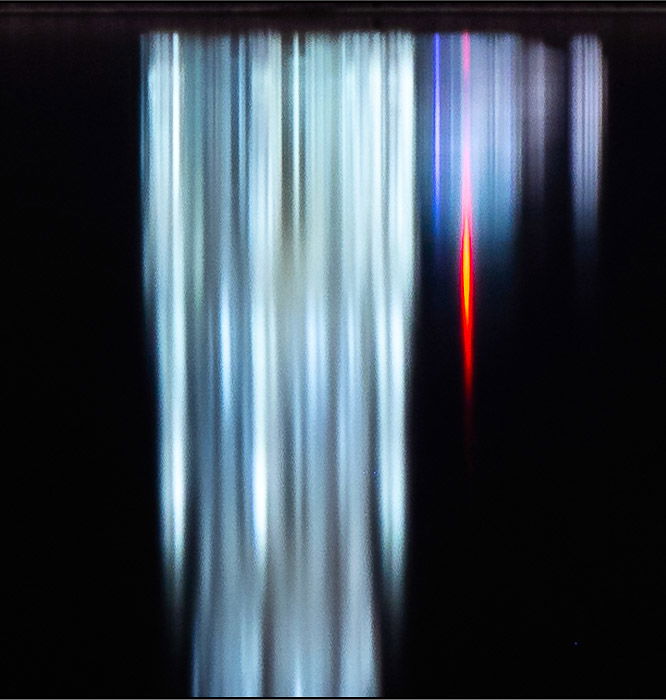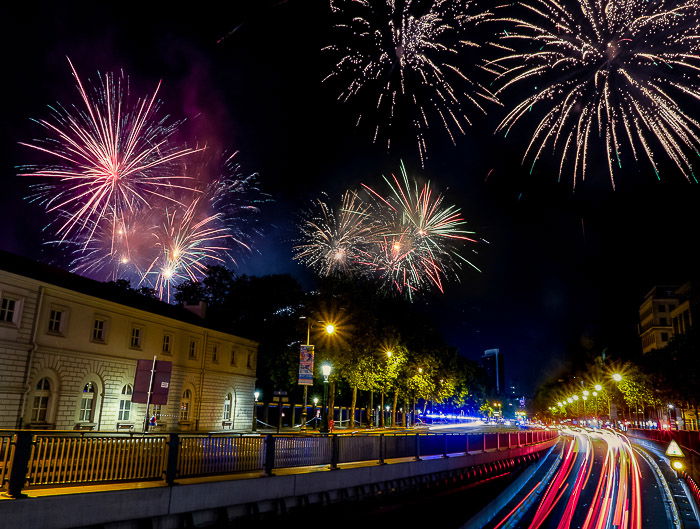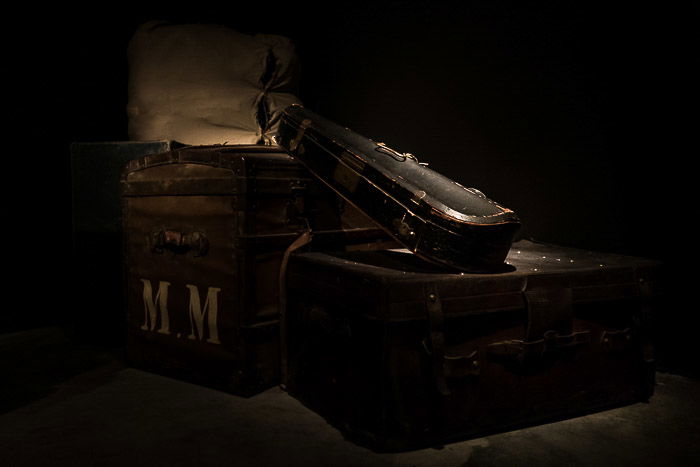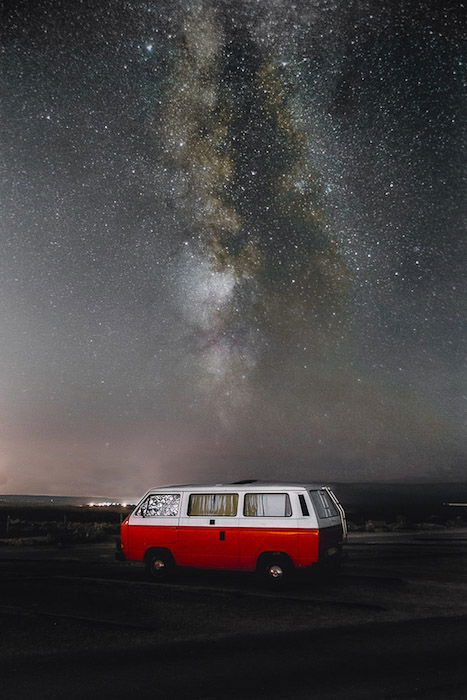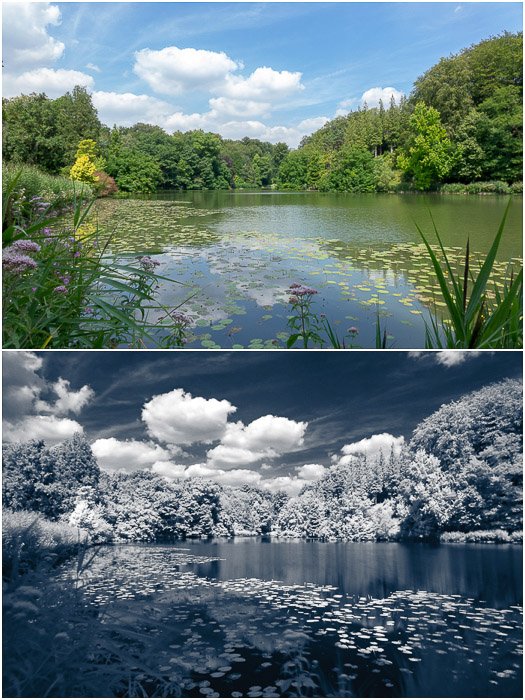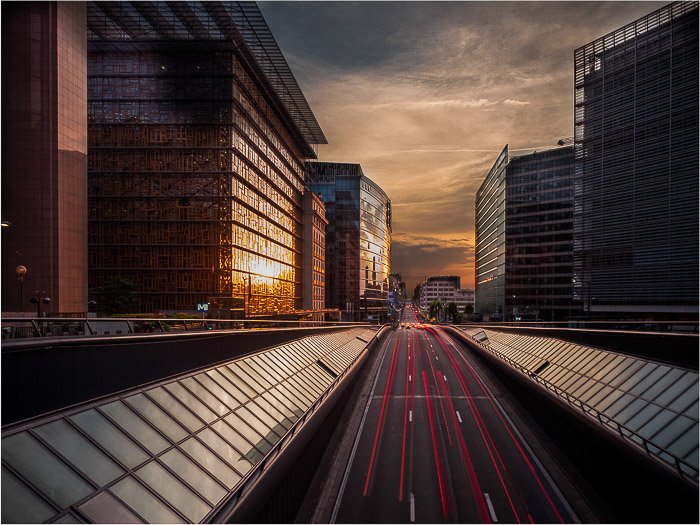DSLR Alternatives
The photographic world is divided between ILC (Interchangeable Lens Camera) and non-ICL systems. DSLR and mirrorless cameras are in the ILC group, while camera phones, bridge and compact cameras are in the second one. For many years, DSLRs were the standard for professional photographers and the only option for keen amateurs. Nowadays, camera phones are surpassing entry level compact cameras, while mirrorless and high end compact and bridge cameras are real competition for DSLRs. Despite this, DSLRs are still perceived as the must have for the keen amateur, and the key to achieving superior results.
Mirrorless Cameras
Mirrorless cameras are now mostly on par with the best DSLR performances. Many pros are, in fact, switching over. Modern mirrorless cameras are now available with full frame, APS-C and even micro four thirds sensor sizes. They present several advantages over the classic DSLR design, the main ones being:
reduced camera body size and weight due to the absence of the mirror; live view and electronic viewfinders (EVFs) that allow real time observation of what your settings do to the image; micro four thirds have the most compact lenses of all ICL cameras because of the smaller sensor.
We talk extensively about mirrorless vs DSLR cameras in this article.
High End Point & Shoot Cameras
There is another kind of camera out there: the so called point & shoot camera. Traditionally, these were entry level, compact, mostly full auto cameras. As I said, the market has been slowly taken over by camera phones. To overcome this, compact camera manufacturers began making higher end versions with a larger sensor, stylish metal body, and RAW shooting and manual control. I am a kind of jack of all trades when it comes to photography. I like to work with different subjects and different techniques. But I have always been sceptical about point & shoot. Guess what? I now own two of them, a Sony RX1o and a pocketable Sony RX100 Mk ii. And in this article I’ll show you why these are a strong competitor to DSLRs.
Why You May Not Need a DSLR After All
I bet you think you do need one, but let’s see if I can change your mind with some real life examples. To be clear, I am talking to the beginner that wants to step up their game and to the keen amateur or the photographer looking for a second camera. Pro photographers have different needs and are usually deeply committed to the DSLR ecosystem (accessories, lenses, etc.).
Weight, Size and Performances
High end compact and bridge cameras are fantastic tools for serious lightweight photography and excel in portability, flexibility and image quality. Camera weight is important not only for the health of your back, but also for traveling by plane when you’re trying to reduce the weight of your luggage. My Sony RX10 can be comfortably and safely used with a table tripod or a Gorillapod. Let’s see some of the main Pros and Cons of high end point & shoot compared to DSLR.
Pros
Portability: light and relatively compact; Versatility; Very good lenses: fast and with decent to extreme zoom capabilities; Large 1/2.3″ and 1″-type sensor. A notable exception is the Sony RX1R which has a full format sensor and fixed 35mm f/2 lens; Have no mirror and, often, an electronic shutter to ensure vibration free shots. Can be used in quiet environments such as classical concerts or conferences; 4K video ability, making them popular for vlogging and have a microphone port; Hot shoe and accessory ports available; Live view and electronic view finder (EVF), to see what you get in real time; Batteries can be recharged in-camera, even with a power bank for superior portability and flexibility; Can take filters natively or via an adapter; Wi-Fi capabilities allow you to control the camera remotely from your smartphone;
Cons
You are stuck with one lens and cannot change it to improve chromatic aberrations, flare resistance and infrared red spot performances; Wider depth of field than full frame camera for any given lens aperture value; May have slower AF speed and tracking; Battery life inferior to DSLRs; More limited range of accessories; Retractable lenses may not be sturdy enough for heavy filter kit (typically square filters requiring the holder); Higher noise at high ISO when needing to freeze the subjects in low light conditions.
Shopping For High End Point & Shoot Cameras
It is always tricky to write down a shopping list, as camera models evolve very fast and so do sensor performances. So recent high end point & shoot camera may, in fact, perform similarly or even surpass more outdated APS-C DSLR models. The most important thing to do when shopping for a point & shoot camera is to understand that you pay for what you get. High end compact and bridge cameras are complete and close packages. These cameras are not cheap in absolute terms, but for the price you are buying both the camera body and the only lens you can use with it. To put things in perspective, a new Sony RX10 Mk II, the last model of the family to sport a 28-200 f/2.8 superzoom, costs around $600 less than the Canon 70-200 f/2.8 L USM lens and it is half the weight. The latest Sony RX10 Mk IV, with an impressive 24-600 f/2.8-4 zoom lens, is still $100 cheaper than the Canon 70-200 f/2.8. High end point & shoot cameras are high performance cameras for serious photographers, not snapshot cameras for the casual shooter.
Noteworthy Pocketable Camera Models
Sony RX100 (all versions) Canon G7X (all versions) Panasonic LX10
Noteworthy Bridge Camera Models
Sony RX10 (all versions) Panasonic Lumix FZ2000 / FZ2500 Canon PowerShot SX60 HS Nikon Coolpix P900
Family Outings
This is the most obvious situation where a point & shoot camera can excel. Family photography is often all about speed. Children and partners seldom have the patience to wait for us to get the proper lens, set the exposure manually, take a test shot, etc. A compact camera such as any of the Sony RX100 or Canon G7X models, is hard to beat when it comes to image quality in a pocketable package. And don’t underestimate the fear factor. When it comes to handing over your camera to someone not used to being behind the camera or to your child, a compact camera is less intimidating than your latest full frame camera with a pro grade lens. Both the Canon and Sony models are equipped with a fast zoom lens with decent focal range. They can have pop up electronic viewfinders and articulated pop up flash to fill the shadows. I captured the image below while resting during a walk in the woods with my son and his best friend. The light was tricky, but thanks to its ability to shoot in RAW and to its fast lens, the Sony RX100 Mk ii compact camera brought the shot home.
Travel Photography
When you travel, particularly in certain areas, you don’t want to attract attention to your stuff by dragging around a full suitcase or backpack of equipment. What you really need is a lens able to cover a great focal range and a solid camera with good image quality. Bridge cameras, such as the Sony RX10 series or the Nikon P900 &Co., are ideal. They sport a great travel zoom, such as the 28-200 f/2.8 of the older Sony RX10 (24-600mm f/2.4-4 the newer models) to the 24-2000 f/2.8-6.5 of the Nikon P900. I live in Brussels, where there is no shortage of interesting views. Thanks to its 28-200mm superzoom lens, I can use my Sony RX10 to take a wide view of the gardens and the tower in the Grand Place. … and less than one second later, I could capture the particulars of the nearby wall clock. The zoom in the Nikon Coolpix P900 is even more impressive. You can even use it to take close ups of the Moon. Finally, for its size, the new Sony RX100 Mk VI pocketable camera has an impressive 24-200 f/2.8-4.5 superzoom lens.
Street Photography
Compact cameras will allow you to go unnoticed when shooting in the streets, particularly in busy and/or touristy spots. A bulky DSLR with big zoom will make people aware of you.
Landscape Photography
Landscape photography is well within the reach of these cameras. Many of them have their zoom set to 28 or 24 mm: not the widest ones, but still decent for the job. A built-in panorama mode is usually present, to easily create wider images. Creativity is always a plus for photography and these cameras can deliver. Some cameras, such the Sony RX10, are weather sealed. They’re able to cope with dusty, humid and wet conditions without problems; a must in landscape photography. The main drawbacks of these cameras when it comes to landscape photography are the lens, which is retractable, and the filters. Usually there are no problems with classical screw filters. Heavy kits, however, such as square/rectangular graduated neutral density filters with their holders, can cause some problems. The weight of the filter kit could, in fact, slightly misalign the camera-lens system or trick the camera to shut down and retract the lens. On the other hand, some cameras have a built-in electronic neutral density filter, to allow for longer daylight exposures.
Portraiture
You can use point & shoot cameras successfully in portrait photography. Because they have a smaller sensor than those in full frame cameras (the crop factor is 2.7x for 1″-type sensors and even more for smaller ones), it may be difficult to achieve the very narrow depth of field and creamy bokeh typical of full frame cameras. Good subject separation and reasonably blurred background can still be achieved, though. Increase the distance of the model from the background and shoot from up close with a long focal length. In this regard, older Sony RX10 models with the 28-200 f/2.8 zoom lens excel. You can also use high end point & shoot cameras in the studio, for portraiture or table top photography. Fortunately, thanks to the hot shoe, you can use external flashes and studio triggers in the same way as with DSLRs.
Night Photography
Because of low ambient light, point and shoot cameras are often dismissed on the account of their small sensors. Small sensors, in fact, are known to give more noisy images than larger ones, particularly at high ISO. To me, night photography does not necessary means I have to use high ISO. Oftentimes, it is more about long exposures. Point & shoot cameras can handle that hands down. For the previous image, I placed the camera on a tripod and used a relatively small aperture to get a decent dept of field. I set the ISO to 125 (it could be lower with some extended modes) to minimise the noise. Nocturnal cityscapes are seldom compelling without light trails. If you can combine them with fireworks, though, it is even better. The image above is a composite of 5 different images. The road was closed to traffic during the fireworks for security reasons. In-camera stabilization is usually pretty good and I could shoot handheld without using the flash in a dark part of the train museum in Brussels. If you are not convinced yet, here is how far you can push a pocketable compact camera such as the Sony RX100 Mk ii with a bit of luck and editing skill. Brussels is not known for its thunderstorms, but a few weeks ago we have had a few thunder clouds. I climbed on the roof of my building to test the Sony RX10’s ability to capture lightning. Not convinced yet? No problem, let’s rise the bar higher… and higher still. What about capturing the Milky Way with a pocketable compact camera?
Low Light Action Photography
Mixing action and low light is, maybe, the trickiest of all possible scenarios. Here is where point & shoot cameras really struggle compared to DSLRs and mirrorless with larger sensors. With a careful editing you can produce some decent images, particularly if you are not into pixel peeping by looking at your photos 100%. But why would you settle for lower performances and not use a DSLR if you want to photograph, say, a music concert? For one, if you are not an accredited photographer, concert venues will usually forbid you to bring inside your DSLR or mirrorless camera. Instead, point & shoot cameras are usually admitted. Museums may also have a strict policy when it comes to photography. Finally, if you are attending a quiet event, such as a classical concert or theatrical monologue, the electronic shutter will ensure noise-free photography and you will not be, gently but firmly, tossed out of the place.
Infrared Photography
This is a very particular scenario, but infrared photography with a stock camera can be done. It will allow you to easily turn a rather boring landscape into a very interesting one. We have already covered here how to do infrared photography with stock cameras. The only thing you need to be careful is if your lens suffers from infrared hot spot. My Sony RX100 Mk ii does show a mild hot spot when shooting at the long end of the zoom, while the Sony RX10 seems to be hot spot free.
Conclusions
In this article I presented you with some of the most common real life scenarios for the amateur photographer. You’ve seen what kind of results you can achieve with high end point & shoot cameras. Now, if you are in the market for a new camera to begin (or continue) your photographic journey or if you are in need of a second professional camera, let me ask you again: do you still think you are going to absolutely need a DSLR camera? We have some great tips on best time to buy a camera you should check out too!


